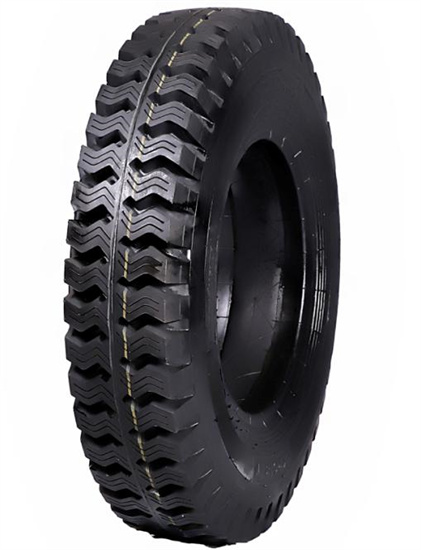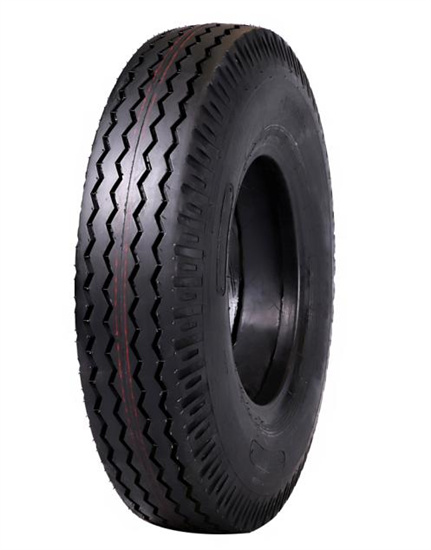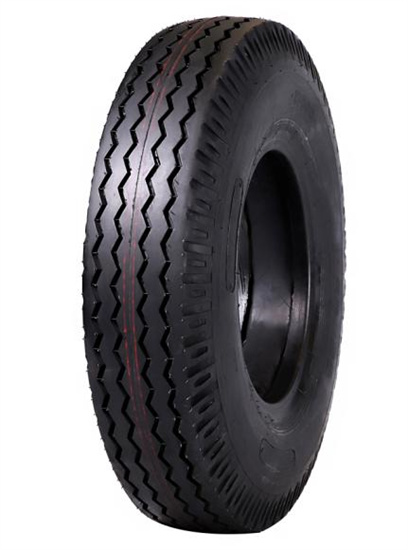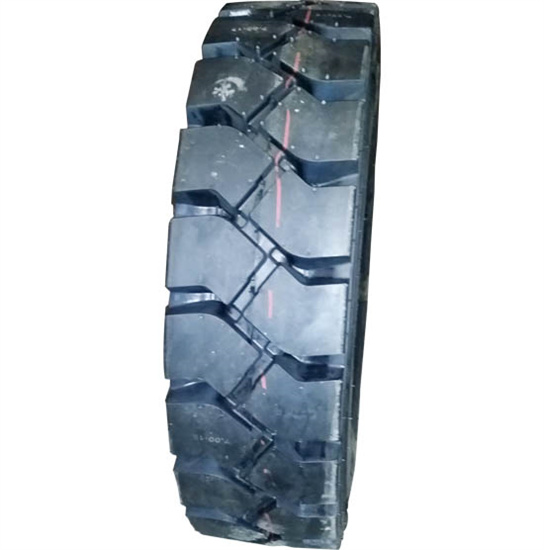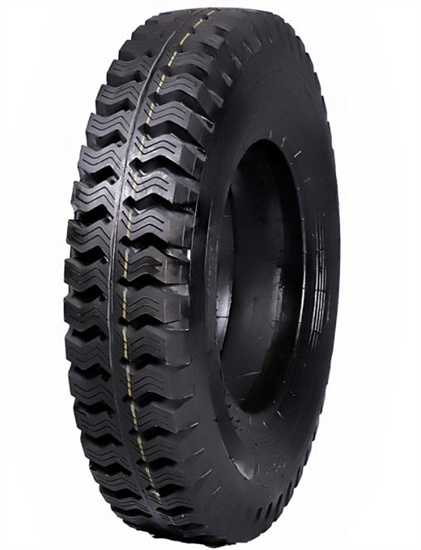9.5-24 PR-1 Tire
Ever slogged through a muddy field and wished your tractor had a superpower? Well, buckle up because the 9.5-24 PR-1 tire pattern might just be the secret weapon you’ve been searching for.
This specialized tire, designed for conquering the wet and wild world of agricultural applications, boasts a unique combination of size, construction, and tread design that allows it to dominate where standard tires falter. But before you dive headfirst into equipping your tractor with these champions of the mud, let’s take a deep dive and explore everything there is to know about the 9.5-24 PR-1 tire pattern.
Key Details of the 9.5-24 PR-1 Tire
Before dissecting the nitty-gritty of this tire, let’s get a clear picture of its core specifications:
| Parameter | Description |
|---|---|
| Size | 9.5-24 |
| Rim diameter | 24 inches |
| Section width | 9.5 inches |
| Typical Applications | Agricultural tractors, rice paddy fields, wet terrain |
| Tread Pattern | PR-1 |
| Construction | Bias ply (diagonal) |
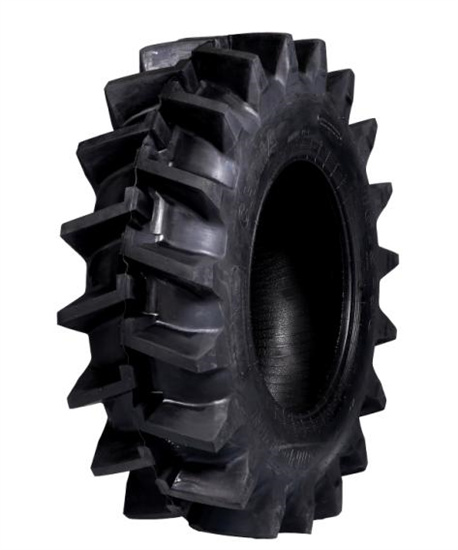
A Breakdown of the 9.5-24 Tire Size
The seemingly cryptic code “9.5-24” on your tire actually tells a fascinating story. Let’s decipher it together:
- 9.5: This number represents the tire’s section width in inches. Imagine it as the distance across the widest part of the tire, when it’s inflated and mounted on a rim. A wider section width translates to a larger footprint, which is crucial for providing superior traction in loose or muddy conditions.
- 24: This number signifies the rim diameter in inches. Think of it as the diameter of the metal ring that the tire sits on.
Understanding the Strength: Decoding the PR Rating
The PR rating, often displayed after the tire size (e.Índice de Carga (LI)” for Load Index), plays a vital role in determining the weight a tire can safely carry. In the case of the 9.5-24 PR-1, the “PR” typically refers to “Ply Rating.” Here’s a breakdown:
- Bias Ply Construction: Unlike radial tires, which have cords running perpendicular to the direction of travel, bias ply tires have diagonal plies that run from the rim outwards. This construction, while generally less expensive than radials, offers a stronger sidewall, making it ideal for applications where the tire might encounter sidewall stress, like uneven terrain.
- The “PR”: The number following “PR” indicates the number of plies in the sidewall, but it’s not a direct translation. Think of it as a relative measure of load capacity. In simpler terms, a higher PR rating generally translates to a stronger sidewall and a higher load capacity. For agricultural applications, a higher PR rating is often preferred for the additional durability it offers.
The Secret Weapon: Unveiling the PR-1 Tread Pattern
The PR-1 tread pattern is the magic ingredient that sets this tire apart. Here’s why:
- Deep Lugs: Imagine the tread pattern as the teeth on a gear. The PR-1 pattern features deep, aggressive lugs that bite into soft terrain like mud or wet soil. These deep lugs provide exceptional traction, preventing your tractor from getting stuck.
- Wide Grooves: The spaces between the lugs are just as important as the lugs themselves. The PR-1 pattern boasts wide grooves that channel mud and water away from the contact patch, ensuring optimal grip even in the deepest puddles.
- Self-Cleaning Action: As the tire rolls, the wide grooves and spacing between the lugs help to eject mud and debris, preventing them from building up and hindering traction. This self-cleaning action keeps the tire performing at its best.
9.5-24 PR-1 Tire: Applications and Uses
Now that you understand the core functionalities of the 9.5-24 PR-1 tire, let’s explore its ideal battlegrounds:
- Agricultural Tractors: These tires are a perfect match for tractors used in wet and muddy conditions. Whether you’re plowing fields, planting seeds, or harvesting crops, the PR-1 pattern ensures superior traction and keeps your tractor moving forward.
- Rice Paddy Fields: The deep lugs and wide grooves of the PR-1 pattern excel in the unique challenges of rice paddies. They provide exceptional grip in mud and water, allowing you to work efficiently without getting bogged down.
- Wet Terrain: Any situation where your tractor might encounter mud, wet soil, or standing water is prime territory for the 9.5-24 PR-1. They offer superior performance compared to standard tires, minimizing downtime and maximizing productivity.

the Benefits of the 9.5-24 PR-1 Tire Pattern
The unique combination of size, construction, and tread pattern in the 9.5-24 PR-1 tire translates into a multitude of benefits for agricultural applications:
- Superior Traction: The deep lugs and wide grooves of the PR-1 pattern provide exceptional grip in loose and muddy conditions. This translates to better control of your tractor, especially when working on slopes or uneven terrain.
- Reduced Bogging Down: Imagine the frustration of your tractor getting stuck in mud. The PR-1 pattern’s self-cleaning action and superior traction significantly reduce the chances of this happening, keeping you moving forward and maximizing productivity.
- Enhanced Durability: Bias ply construction with a higher PR rating makes these tires tough. They can handle the demanding nature of agricultural work, resisting punctures and sidewall damage from sharp objects or uneven terrain.
- Flotation: The wider section width of the 9.5-24 tire helps distribute the weight of the tractor more evenly over a larger surface area. This translates to better flotation, particularly in soft soil conditions. Imagine a wider snowshoe distributing your weight and preventing you from sinking – the wider section width of the 9.5-24 tire works in a similar way.
Comparing the 9.5-24 PR-1 Tire with Other Options
While the 9.5-24 PR-1 tire excels in specific situations, it’s important to understand how it compares to other options:
- Standard Agricultural Tires: Many tractors come equipped with general-purpose agricultural tires. These tires often have shallower tread depths and less aggressive lug patterns. While they might be suitable for some dry-field applications, they won’t provide the same level of traction and performance in wet or muddy conditions compared to the PR-1 pattern.
- Flotation Tires: These tires boast an even wider section width than the 9.5-24, designed specifically for minimizing ground pressure and maximizing flotation in very soft soil conditions. However, they might not be ideal for applications where superior traction is needed, as the wider footprint can sometimes reduce grip.
Selecting the Perfect Tire for Your Needs
The best tire for your tractor depends on the specific application and terrain you’ll be working in:
- For predominantly wet and muddy conditions: The 9.5-24 PR-1 tire is an excellent choice. Its aggressive tread pattern and strong sidewalls provide the perfect combination of traction and durability.
- For dry-field applications: A standard agricultural tire might suffice.
- For very soft soil conditions where minimizing ground pressure is crucial: Flotation tires might be a better option.
Additional Considerations: A Look at Potential Drawbacks
While the 9.5-24 PR-1 tire offers numerous advantages, it’s essential to consider some potential drawbacks:
- Fuel Efficiency: Bias ply tires generally have slightly higher rolling resistance compared to radial tires. This can translate to a minor decrease in fuel efficiency.
- Ride Comfort: Bias ply tires tend to offer a slightly stiffer ride compared to radial tires.

FAQ
Q: What does PR stand for in a tire size?
A: In the case of the 9.5-24 PR-1, PR typically refers to “Ply Rating.” It’s a relative measure of load capacity, with a higher PR rating generally indicating a stronger sidewall and higher load capacity. However, it’s not a direct translation of the number of plies.
Q: Can I use 9.5-24 PR-1 tires on my lawn mower?
A: No, these tires are designed for agricultural applications and would be overkill for a lawn mower. Lawn mower tires are typically much smaller and have a different tread pattern optimized for grass and paved surfaces.
Q: Are 9.5-24 PR-1 tires good for snow?
A: The deep lugs of the PR-1 pattern can offer decent traction in light snow. However, if you expect to be working in deep snow or icy conditions, dedicated snow tires with even deeper and more aggressive tread patterns would be a better choice.
Q: How long do 9.5-24 PR-1 tires typically last?
A: The lifespan of your tires depends on various factors like terrain, weight you’re hauling, inflation pressure, and maintenance practices. However, with proper care and use, 9.5-24 PR-1 tires can last for several seasons.
Q: Where can I find information about the specific load capacity of my 9.5-24 PR-1 tires?
A: The load capacity information for your tires should be printed on the sidewall. It will be displayed in pounds (lbs) or kilograms (kg). Look for the “Load Index” (LI) number. You can then refer to a load capacity chart provided by the manufacturer to determine the maximum weight the tire can safely carry at a specific inflation pressure.
Conclusion
The 9.5-24 PR-1 tire pattern is a powerful tool in the arsenal of any serious agricultural professional. Its unique combination of size, construction, and tread design allows it to conquer the challenges of wet and muddy terrain, keeping your tractor moving forward and maximizing productivity. By understanding its strengths, limitations, and how it compares to other options, you can make an informed decision and select the perfect tire to conquer the muck and ensure your agricultural endeavors run smoothly.

